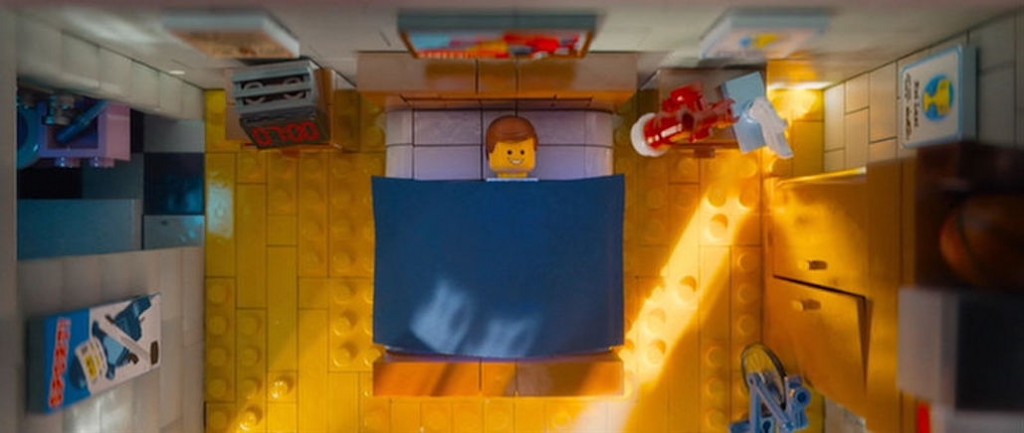This Week in Pods
The pod rent is too damn high.

Here’s a pod tip I got from a Billfolder that starts out strong and then takes an unexpected turn:
Berkeley moves forward on building micro-units for the homeless
Where others cities will not venture, Berkeley dares to go. That’s how city councilman Ben Bartlett views City Council’s unanimous vote Tuesday night to move ahead and explore the possibility of building tiny housing units aimed at the homeless and those on very low incomes.
This sounds great! Technically, these units are called MicroPADs, which makes this a “this week in pads” story, but I don’t care. Anything that gets housing to people in need is fine by me.
What are these MicroPAD units like?
The MicroPAD™ is a 160 square foot fully self-contained residential dwelling, with a private bathroom and kitchenette. Units are stacked to create buildings up to 12 stories tall.
You can check out the MicroPAD interiors here, and they’re gorgeous. I’d totally live in one. The concept of stackable apartments should also be more than familiar to regular Billfold readers:
Professor Dumpster Goes From a Dump Home to a Smarthome — And You Can Too!
The other big gamechanger with Kasita is that the homes are designed to be moved from city to city and stacked in available apartment structures. Yes, that might sound a little Ready Player One, with its piles of mobile homes balanced precariously on each other, but on the other hand — you never have to move. Your home can travel with you, wherever work or life takes you.
I wrote that post in 2015, but Kasita and Professor Dumpster are still a going concern. They were profiled in the New York Times earlier this month:
Why Falling Home Prices Could Be a Good Thing
Jeff Wilson, a college professor turned entrepreneur who refers to himself as Professor Dumpster for the year he spent living in a metal trash container that he turned into a home, is trying to make this happen on a small scale. Mr. Wilson’s nascent company, Kasita, wants to produce a line of one-bedroom homes. They would be identical in size and bought for a single price, and could be placed on city lots that traditional developers are unlikely to be interested in.
Okay, so stackable homes are the future, and we’re all going to live in The Lego Movie where everything is awesome and life is an ever-changing modular construction. But back to Berkeley’s MicroPADs article. What’s the catch?
The housing units would be privately built, operated by a nonprofit, and would cost $1,000 a month to rent. Berkeley estimates that conventionally constructed buildings cost the city an average of $429,400 per unit. With a private developer assuming the construction costs — anywhere between $20–25 million according to Kennedy — the city would only be responsible for making sure the rent got paid. Bartlett foresees the rent being covered partly by the tenants, using their SSI check, partly by a nonprofit, and partly by the city who provides a backstop.
$1,000 a month for 160 square feet. The rent is so high it will take three different entities to afford it. (They’re looking to build the pods on city-owned land, otherwise the cost would probably be even higher.)
I am very much in support of providing housing to homeless and low-income people. It’s just… well, Seattle is building 120-square-foot tiny houses for the homeless that cost $2,200 per house. That’s it. No $1,000 monthly rent, although residents do pay $90 per month for utilities.
So I don’t know what to think about the MicroPADs. I keep wondering at what point their clientele will switch to young professionals who would love to pay $1,000 for 160 square feet instead of, say, spending $900 a month to rent a pod bed that doubles as a desk.
In the Future, When Young People Live in Pods
I just want affordable housing for everybody, whether it comes in pod or pad or granny pod form.
Support The Billfold
The Billfold continues to exist thanks to support from our readers. Help us continue to do our work by making a monthly pledge on Patreon or a one-time-only contribution through PayPal.
Comments